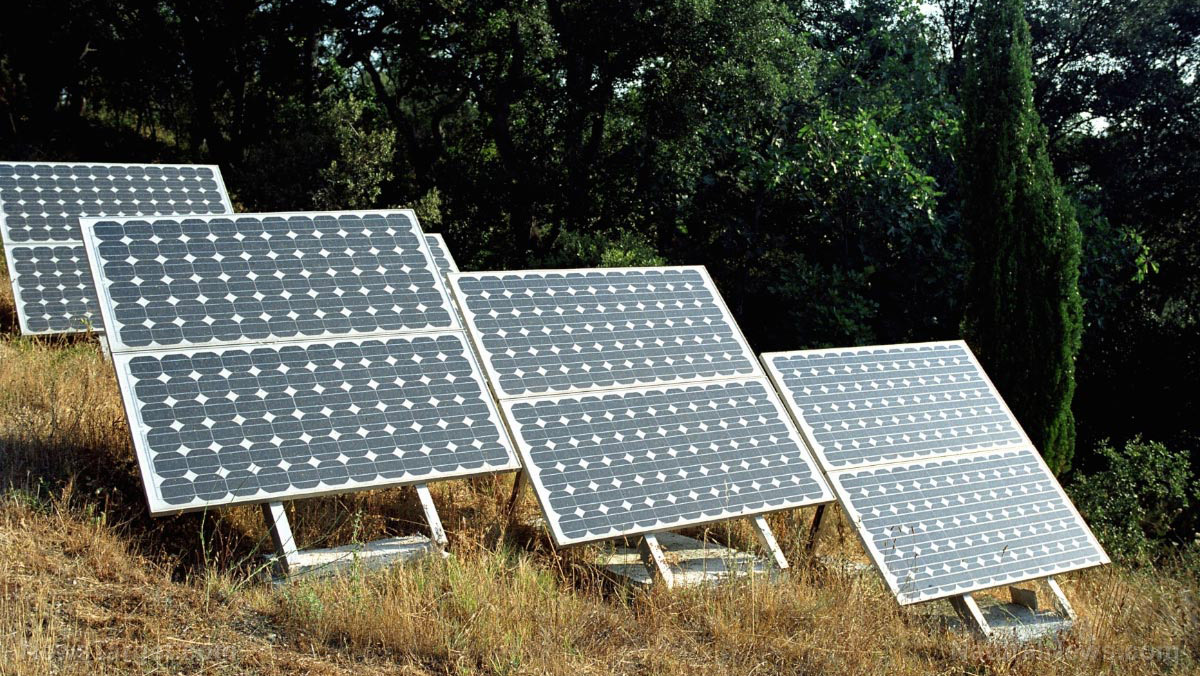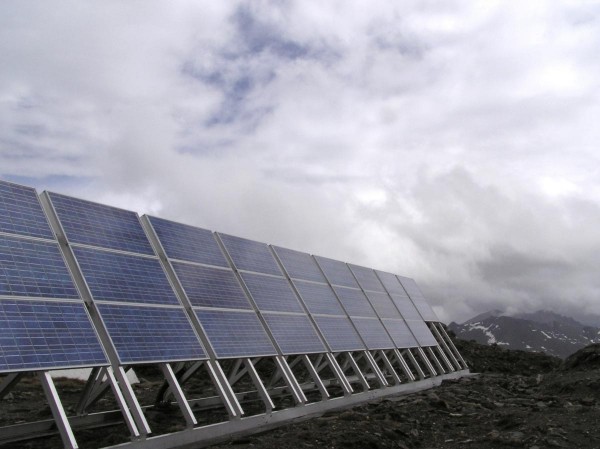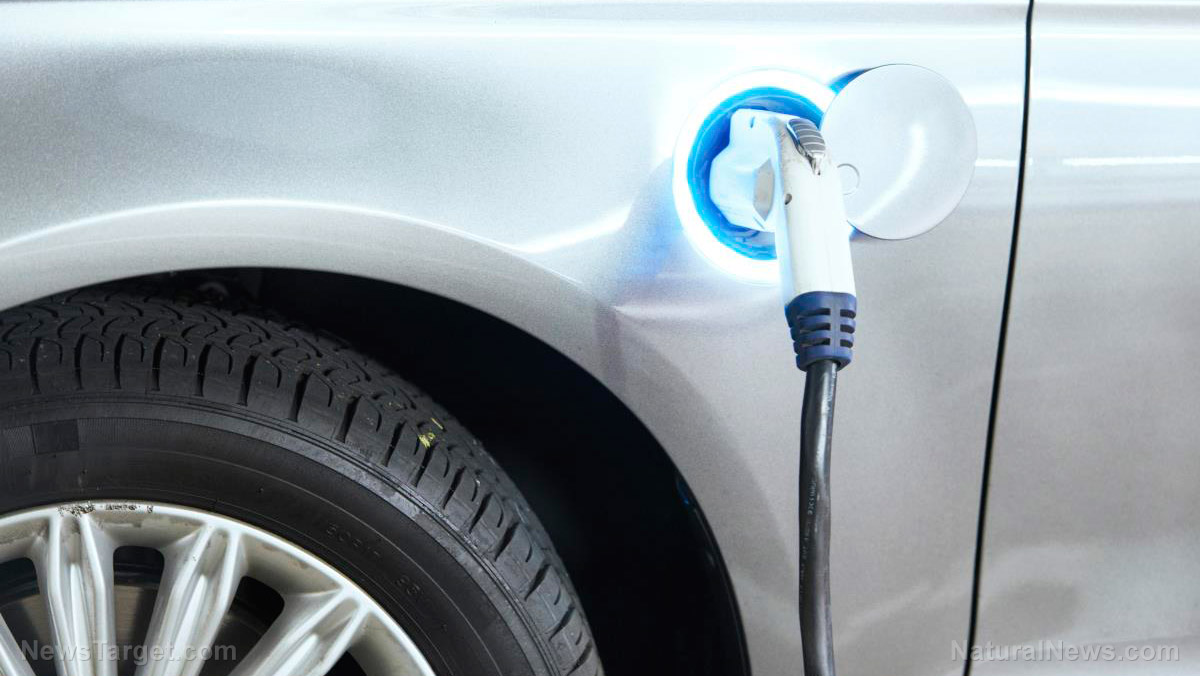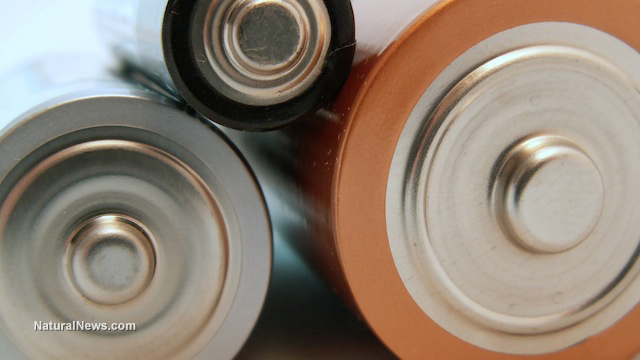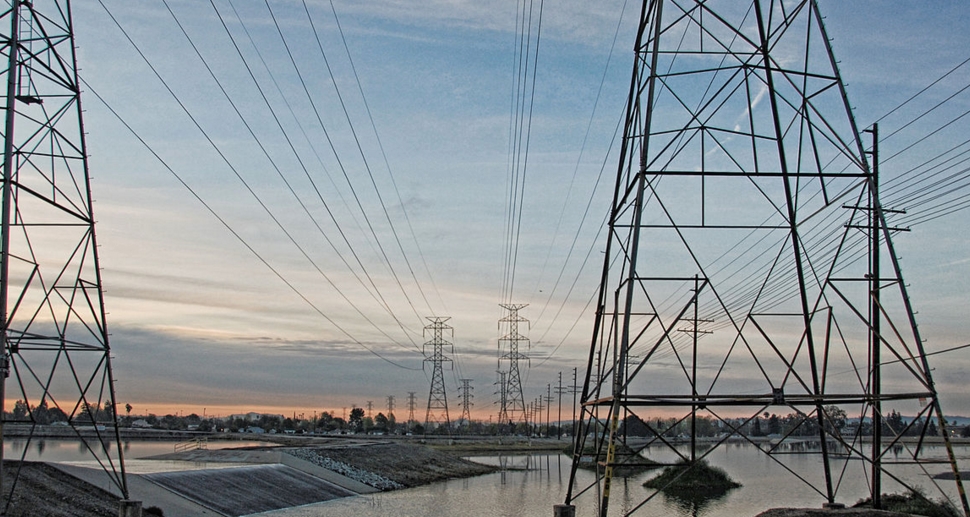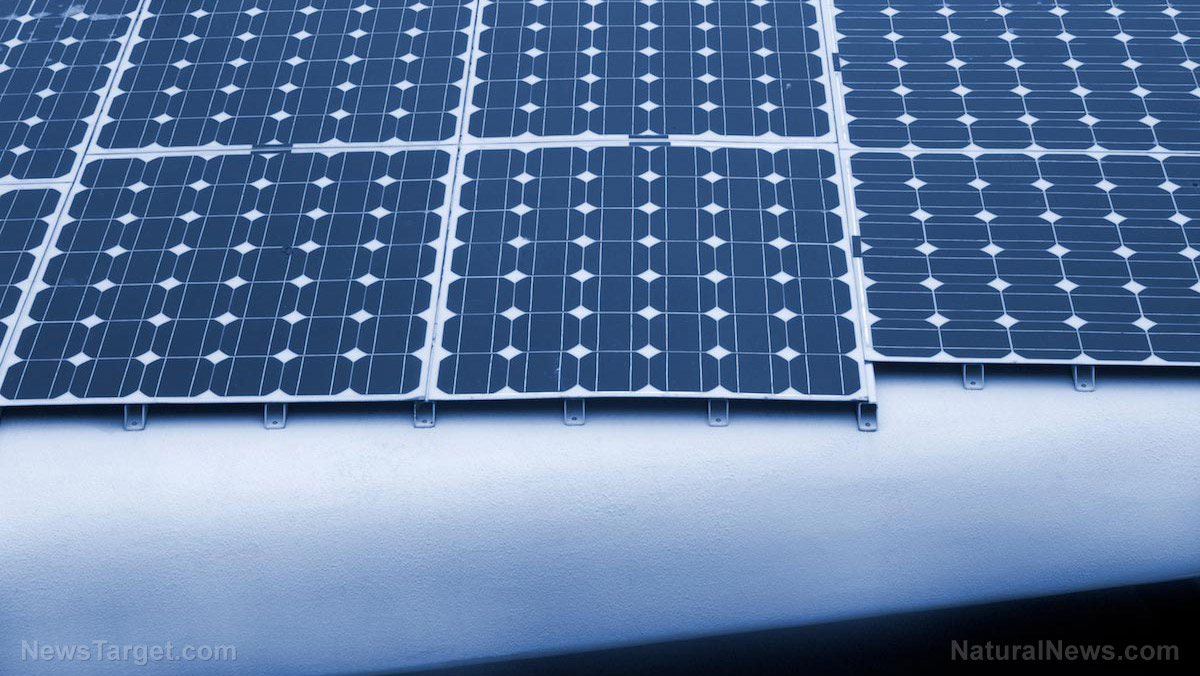With tobacco use declining more and more in the U.S. each year, there are some who have realized that it may be on the way out. But when that happens, what is going to take up tobacco’s place in all of the currently used farmlands? Two researchers from the Michigan Technological University (MTU) believe that they have the perfect solution.
In a new paper that will be published in the journal Land Use Policy, Ram Krishnan, an engineer that specializes in the solar industry, and Joshua Pearce, a professor of materials science and electrical engineering, propose that the lands currently dedicated for tobacco farming be converted to land-based solar farms instead. This would not only speed up the decline of tobacco use in the country, but it would also help promote solar energy and increase the number of solar farmlands, which are in high demand right now, according to the researchers.
The researchers noted that certain alternative uses of croplands, such as converting them to ethanol production, tend to result in a number of negative outcomes like a rise in global food prices and food shortages. This is why it’s pertinent to try turning croplands into solar farms that are filled solar arrays instead: farmers will get the benefits of increased profits while the environment doesn’t suffer, and there are no food-related consequences because there are no food crops involved in the first place.
As the researchers themselves stated, “Previous, more modest attempts to offset fossil fuels with biofuels required so much land that food crops were offset, raising food prices and increasing hunger throughout the world.” That led them to the realization that large areas of land could instead be used for solar power that would not increase world hunger.
According to Pearce, at first, they tried to see if their idea was viable at all. “We were interested in what conditions were needed to enable tobacco farmers to begin installing solar energy systems on the same land,” he explained. “We looked at likely trends in all of the major economic factors, but were surprised to find that because the cost of solar has dropped so dramatically, it is already economically advantageous for tobacco farmers to replace tobacco with similar situations.”
Relating to their point about minimizing negative outcomes with their proposed methods, the researchers stated that unlike plants, solar modules are designed to withstand extreme heat, cold, ice, snow, hail, torrential rain, and even droughts, which means they are low maintenance in that regard. Some of the best solar modules are even rated to withstand winds up to 150 miles per hour.
The researchers opted to use the state of North Carolina as a test bed. After analyzing their data, they found that there is potential to generate 30 gigawatts of energy — enough to cover the peak summer load of the state — if every single tobacco farm starts converting to solar energy production. From the data, it became clear that the tobacco farmers would stand to make even more money by running solar farms instead of sticking to their old ways of growing tobacco.
It would take an enormous amount of capital to convert all tobacco farms into solar farms, to be clear. It is estimated that a 10-megawatt solar farm, priced at $1 per watt to install, would cost $10 million. As such, the researchers argue that governments in so-called tobacco states should be taking the initiative in exploring policies that would ease the transition. Outside help from investors may also be necessary, but help from local governments would definitely be needed.
The researchers also mentioned that their proposed scheme would result in other benefits that aren’t environmental or economic in nature. They said that the conversion of tobacco farms to solar farms would effectively save 2,000 American lives each year, thanks to the pollution reduction alone. So there would be cost savings, environmental benefits, and lives saved in the process. This is definitely something that’s worth exploring further in the future.
Follow the latest updates regarding solar energy in Power.news.
Sources include:
ScienceDaily.com
ScienceDirect.com

